Don't Ever Let Anybody Talk You Out Of Writing Or Pursuing Your Passions. Every Time You Write, You're
Don't ever let anybody talk you out of writing or pursuing your passions. Every time you write, you're improving your craft. Every time you read, you're also improving your knowledge of the craft you love. Keep at it, give yourself and your art some grace, and some room to breathe. The only person who can ever stop you from writing is you, and wouldn't that be a shame? You'll never know who might be touched by your work if you give up on it now.
More Posts from Little-infj-cafe and Others
Writing is just aggressively whispering “Suffer.” at fictional people and then crying about it like it wasn’t your fault.
HEY!!!!! HEY!!! HEY!!! HEY!!! YEAH, YOU!!!!
DO YOU STILL REMEMBER WHY YOU STARTED??? DO YOU STILL REMEMBER THAT DAY WHEN YOU GOT A LITTLE CLOSER TO YOUR DREAM??? TO YOUR GOALS??? DO YOU???
WELL, LET ME REMIND YOU, GET BACK TO YOUR WORK AND START PURSUING YOUR GOALS!!! 🚀🔥
YOU ARE ACHIEVING ALL YOUR GOALS FOR SURE! WINNING IS IN YOUR FATE, REMEMBER THAT!!! 🏆✨
GOD BLESS!!!!! 🙏
(We get lost sometimes, but keep walking the path that will lead you to a better place. Resting is fine, but keep moving!)
-Y.N. / Dark Asher

me when the plot won't plot like it should
Using motifs to create thematic depth.
Motifs are one of the most powerful tools a writer has for weaving deeper meaning into a story.
What Is a Motif?
A motif is a repeated element in your story that highlights a theme. While similar to symbols, motifs are more dynamic and can evolve as your characters and story progress.
Symbol: A single red rose representing love. Motif: Flowers appearing throughout the story to represent different aspects of relationships—love, decay, growth, and loss.
Why Use Motifs?
They deepen your story’s meaning. Motifs give your readers something to latch onto, creating a sense of unity.
They enhance immersion. Repeated elements help ground readers in your world.
Tips for Crafting Effective Motifs
1. Choose a Motif That Fits Your Story’s Themes
Ask yourself: What’s the central idea of my story? Your motif should subtly reinforce that idea.
Theme: Resilience in the face of hardship. Motif: Cracked glass—a recurring image of something that’s damaged but still functional, reflecting the characters’ inner strength.
2. Use Motifs to Reflect Character Growth
A well-designed motif can evolve alongside your characters, reflecting their arcs.
In the beginning, a character always wears a watch to represent their obsession with time and control. By the end, they stop wearing the watch, symbolizing their acceptance of life’s unpredictability.
3. Keep It Subtle (But Consistent)
A motif shouldn’t feel like a flashing neon sign. It should quietly enhance the story without overpowering it.
If your motif is rain, don’t make every scene a thunderstorm. Use it sparingly—maybe it rains during moments of emotional turmoil or reflection, creating a subconscious link for the reader.
4. Use Recurrence to Build Meaning
The more your motif appears, the more it will resonate with readers. The key is repetition with variation.
In a story about family bonds, food could serve as a motif.
Early on: A tense family dinner where no one speaks. Later: A shared meal where characters open up and reconnect.
5. Connect Motifs to Emotion
Motifs are most effective when they evoke a visceral reaction in the reader.
Motif: A recurring song. First appearance: A father sings it to his child. Later: The same child hums it as an adult, remembering their father’s love. Final scene: The song plays during the child’s wedding, tying past and present together.
Examples of Motifs in Action
Motif: Mirrors
Theme: Self-perception vs. reality. A character avoids mirrors at first, unable to face their reflection. They slowly start using mirrors to confront their flaws. The final moment shows them standing confidently before a mirror, accepting themselves.
Motif: Keys
Theme: Freedom and control. A character collects keys, searching for one that unlocks their past. They find an old, rusted key, which leads them to uncover family secrets. The motif shifts to symbolize freedom when they lock a door behind them, leaving their past behind.
Motif: Birds
Theme: Longing for freedom. Early scenes show a bird trapped in a cage, reflecting the protagonist’s feelings. Later, the bird is released, symbolizing a turning point in the character’s journey.
Motif: The Ocean
Theme: Emotional depth and uncertainty. Calm waters reflect peace in the protagonist’s life. Stormy seas mirror moments of inner conflict.
Practical Exercise
1. Identify your story’s central theme.
2. Brainstorm objects, actions, or images that resonate with that theme.
3. Introduce the motif subtly early on.
4. Repeat it with variation, tying it to key emotional moments.
5. Bring it full circle by the end, letting the motif reinforce the resolution.
new idea struck me like an erratic butterfly what am i to do

twenty years across the sea
I second this. I will be infinitely wounded if you put both my fics and my writing into chat gpt. my question is why would someone even do this? Like, why would you do this? It takes away from the art. It takes away from the raw emotion, the nights I spent crying over this fic, the silly conversations I've had ranting to people planning this, the late nights planning and plotting--all gone to waste because you decided you couldn't wait a week or so for the next part or chapter to come out.

This is the worst timeline. (x)
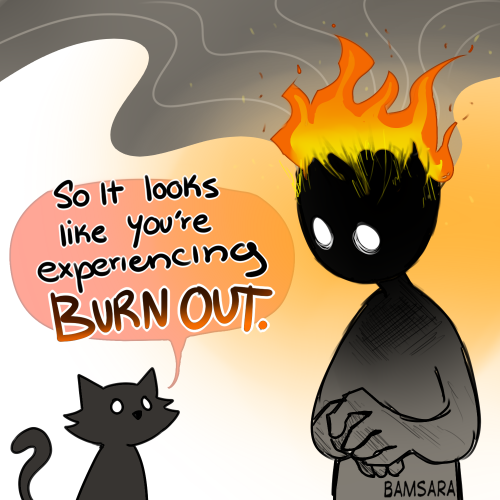
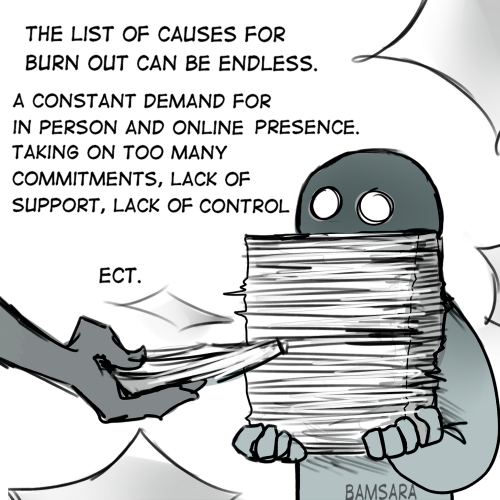
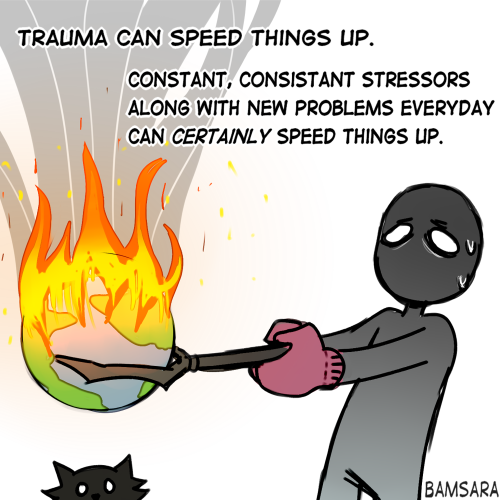
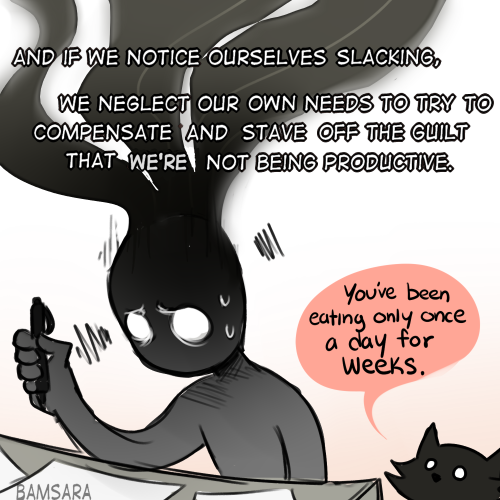
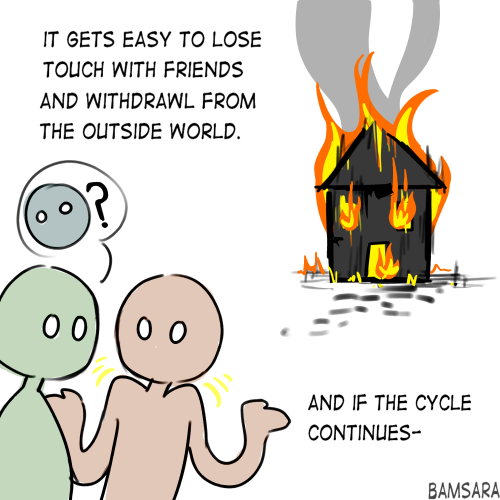
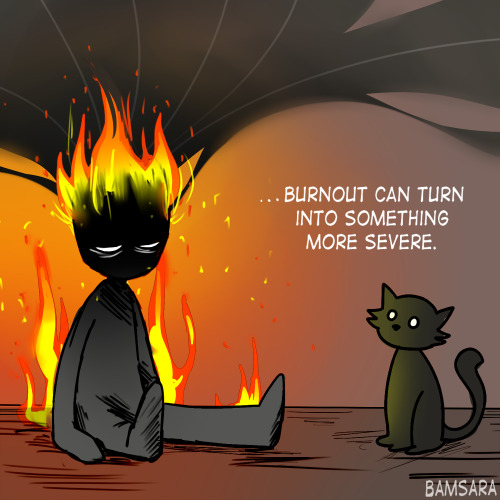
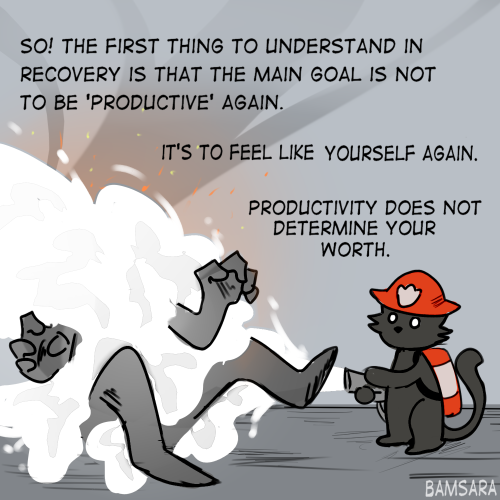



Something I made while dealing with my own stuff and hoping drawing this would pick me up somehow. Maybe it worked.
FT my cat. His name is Mischief
There's an undeniable sexual tension between Bromine and Mercury, the only two elements in natural liquid phase
Love without Sex
I’m doing a Philosophy paper on Asexuality. Please reblog if you think Love without Sex is possible! I really need the data. Like if you think love has to have sex.
-
 secretthoughtsofashootingstar liked this · 3 weeks ago
secretthoughtsofashootingstar liked this · 3 weeks ago -
 scr333 liked this · 3 weeks ago
scr333 liked this · 3 weeks ago -
 catgirl-yeji reblogged this · 3 weeks ago
catgirl-yeji reblogged this · 3 weeks ago -
 abaaronson reblogged this · 3 weeks ago
abaaronson reblogged this · 3 weeks ago -
 neowanderseternally liked this · 3 weeks ago
neowanderseternally liked this · 3 weeks ago -
 nam1-ii liked this · 3 weeks ago
nam1-ii liked this · 3 weeks ago -
 eclectic-like-furniture reblogged this · 3 weeks ago
eclectic-like-furniture reblogged this · 3 weeks ago -
 eclectic-like-furniture liked this · 3 weeks ago
eclectic-like-furniture liked this · 3 weeks ago -
 rithara-aethir reblogged this · 3 weeks ago
rithara-aethir reblogged this · 3 weeks ago -
 rithara-aethir liked this · 3 weeks ago
rithara-aethir liked this · 3 weeks ago -
 newdawnhorizon reblogged this · 3 weeks ago
newdawnhorizon reblogged this · 3 weeks ago -
 anotherside-anotherstory liked this · 3 weeks ago
anotherside-anotherstory liked this · 3 weeks ago -
 meant-to-be-a-hero reblogged this · 3 weeks ago
meant-to-be-a-hero reblogged this · 3 weeks ago -
 justadashoflemon liked this · 3 weeks ago
justadashoflemon liked this · 3 weeks ago -
 powerful-niya liked this · 3 weeks ago
powerful-niya liked this · 3 weeks ago -
 kayth-rine liked this · 3 weeks ago
kayth-rine liked this · 3 weeks ago -
 stillwater20-blog reblogged this · 3 weeks ago
stillwater20-blog reblogged this · 3 weeks ago -
 stillwater20-blog liked this · 3 weeks ago
stillwater20-blog liked this · 3 weeks ago -
 assassinwolf189 reblogged this · 3 weeks ago
assassinwolf189 reblogged this · 3 weeks ago -
 alrendriablaze liked this · 3 weeks ago
alrendriablaze liked this · 3 weeks ago -
 fabuenturous liked this · 3 weeks ago
fabuenturous liked this · 3 weeks ago -
 lurkinghermit liked this · 3 weeks ago
lurkinghermit liked this · 3 weeks ago -
 do-we-sink-or-swim liked this · 3 weeks ago
do-we-sink-or-swim liked this · 3 weeks ago -
 rockonfishboy liked this · 3 weeks ago
rockonfishboy liked this · 3 weeks ago -
 angellekookie liked this · 4 weeks ago
angellekookie liked this · 4 weeks ago -
 hebbic liked this · 4 weeks ago
hebbic liked this · 4 weeks ago -
 unlivresanstitre liked this · 4 weeks ago
unlivresanstitre liked this · 4 weeks ago -
 victorfreakenste1n liked this · 4 weeks ago
victorfreakenste1n liked this · 4 weeks ago -
 lord-lucanis liked this · 4 weeks ago
lord-lucanis liked this · 4 weeks ago -
 cccakessslicemeee reblogged this · 4 weeks ago
cccakessslicemeee reblogged this · 4 weeks ago -
 cccakessslicemeee liked this · 4 weeks ago
cccakessslicemeee liked this · 4 weeks ago -
 dijontodoroki liked this · 4 weeks ago
dijontodoroki liked this · 4 weeks ago -
 cherrylipscrystalskiesworld liked this · 4 weeks ago
cherrylipscrystalskiesworld liked this · 4 weeks ago -
 lovers-till-death liked this · 4 weeks ago
lovers-till-death liked this · 4 weeks ago -
 slowlydescendingintoinsanity reblogged this · 4 weeks ago
slowlydescendingintoinsanity reblogged this · 4 weeks ago -
 adeviex liked this · 4 weeks ago
adeviex liked this · 4 weeks ago -
 masked-k liked this · 4 weeks ago
masked-k liked this · 4 weeks ago -
 thefearsomefangirl liked this · 4 weeks ago
thefearsomefangirl liked this · 4 weeks ago -
 zealoustimetravelexpert liked this · 4 weeks ago
zealoustimetravelexpert liked this · 4 weeks ago -
 and-we-shake-the-iron-hand liked this · 4 weeks ago
and-we-shake-the-iron-hand liked this · 4 weeks ago -
 crunchyspositivybubble liked this · 4 weeks ago
crunchyspositivybubble liked this · 4 weeks ago -
 dannirr00ni liked this · 4 weeks ago
dannirr00ni liked this · 4 weeks ago -
 jourquet reblogged this · 4 weeks ago
jourquet reblogged this · 4 weeks ago -
 monksofthescrew liked this · 4 weeks ago
monksofthescrew liked this · 4 weeks ago -
 marbledwings reblogged this · 4 weeks ago
marbledwings reblogged this · 4 weeks ago -
 maraexcaliber7311 liked this · 4 weeks ago
maraexcaliber7311 liked this · 4 weeks ago -
 hrithikamythika liked this · 1 month ago
hrithikamythika liked this · 1 month ago -
 of-potions-and-blades-official liked this · 1 month ago
of-potions-and-blades-official liked this · 1 month ago

Hello! Welcome to my silly little corner of the internet.
233 posts